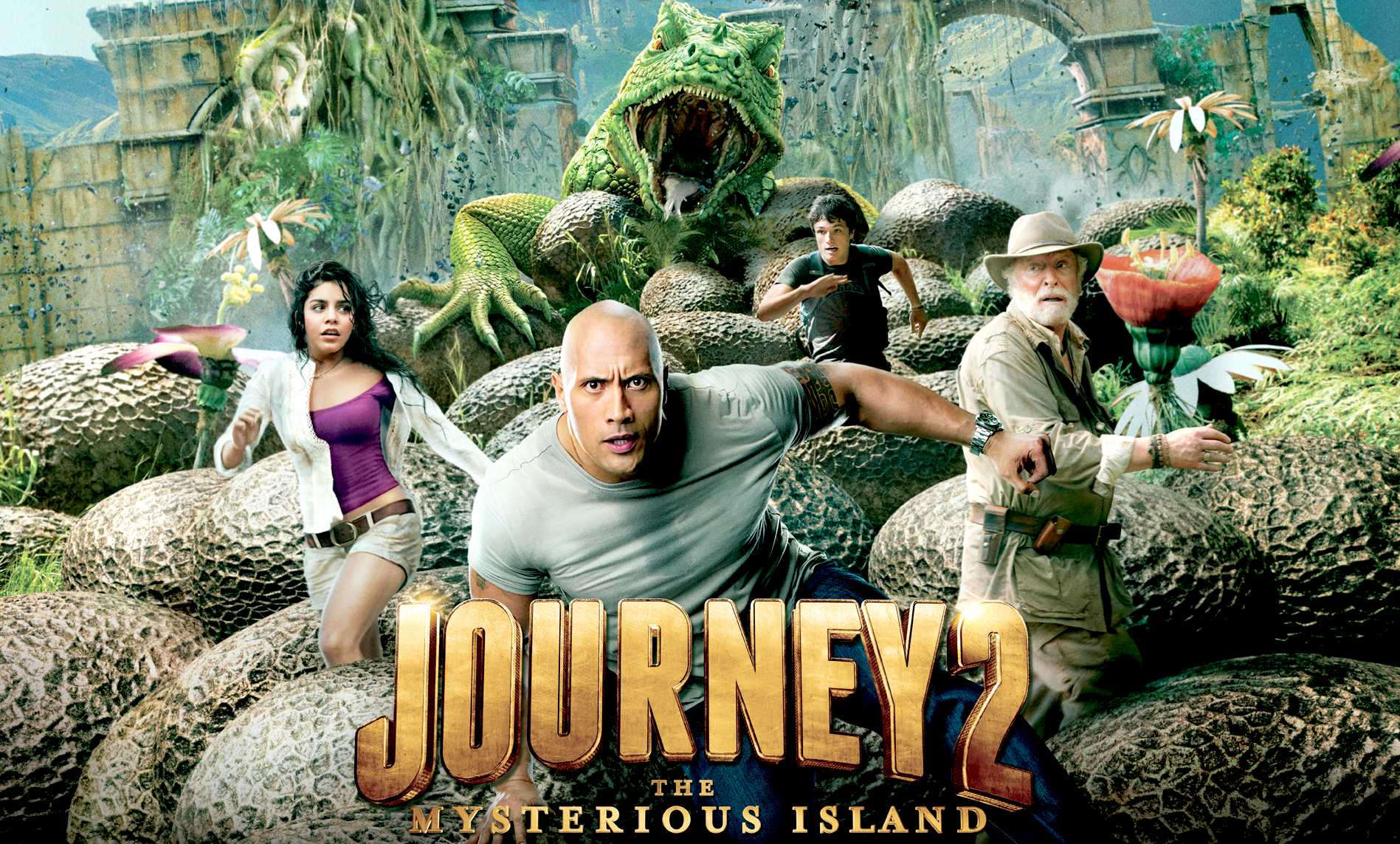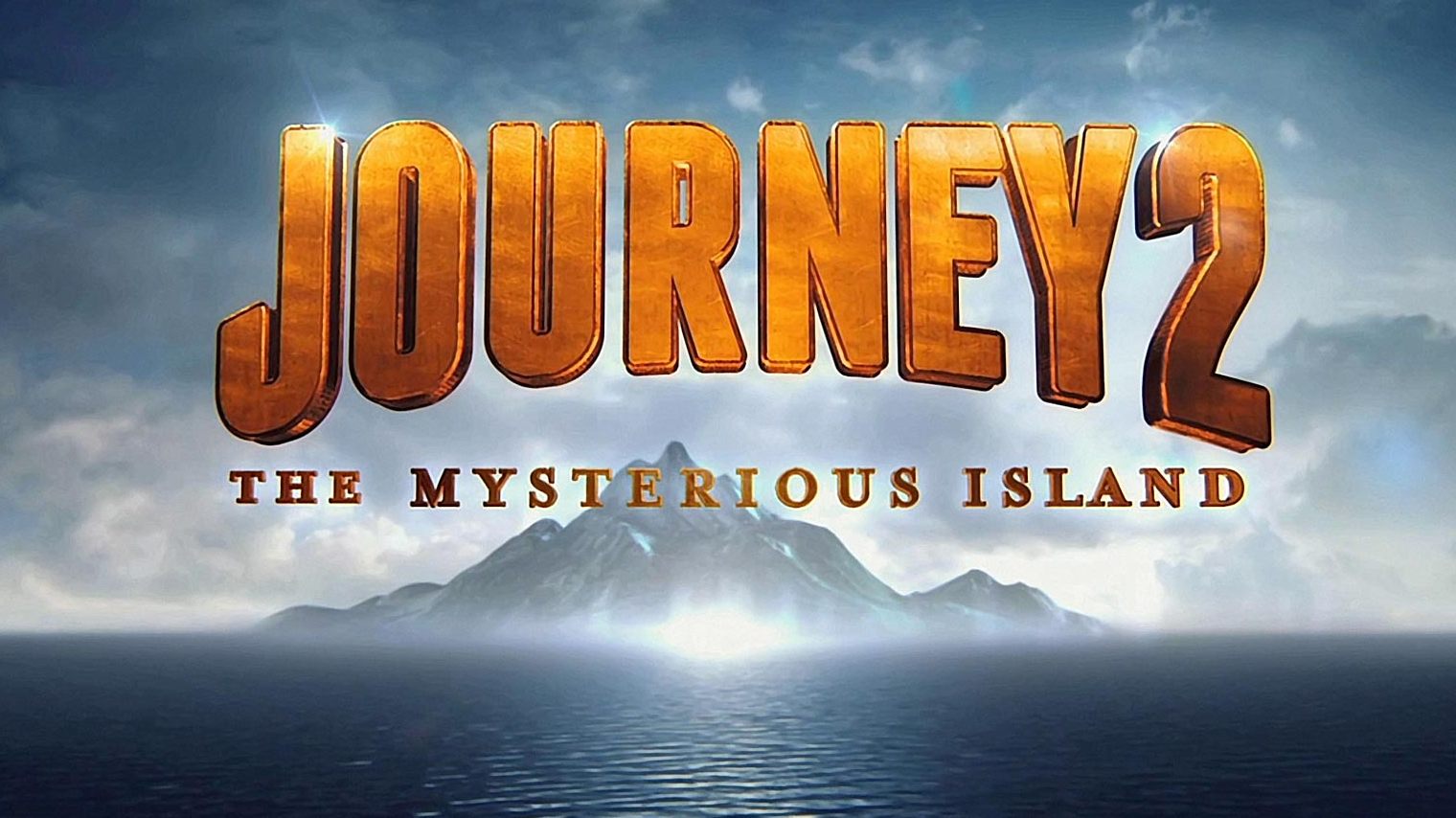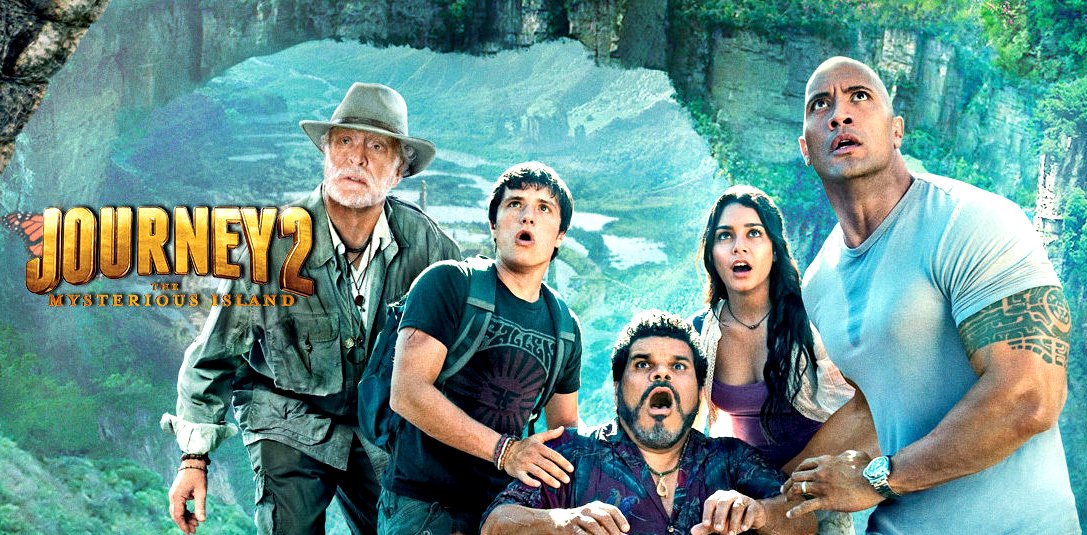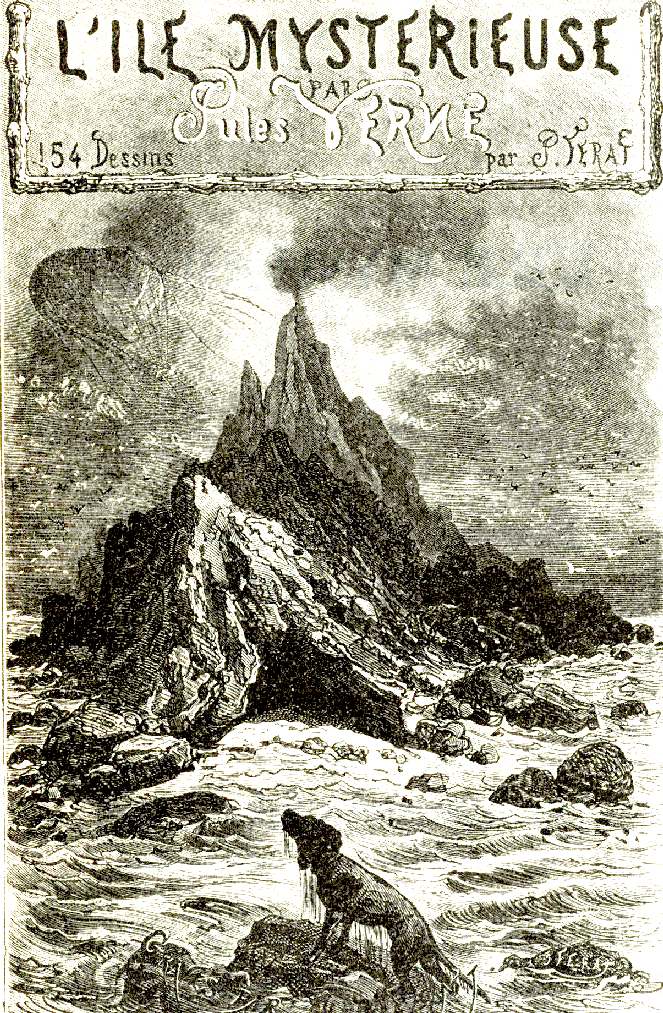|
THE MYSTERIOUS ISLAND
Please use our A-Z INDEX to navigate this site or return HOME
|
|
Although this book is often touted as a science fiction thriller, it has more to do with the immutable survival instinct of the Human spirit. The story revolves around five friends who get blown off course with their hot air balloon and crash onto an uncharted island. The rest of the story revolves around the strange island, its inhabitants and how they get rescued in the end. The story has been well crafted right from page one and Verne skillfully draws you in so much so that you are unable to put the book down.
The Mysterious Island, is a fascinating story of five men and a dog who escape the American Civil War in a hot air balloon. A storm takes them far away and they land on an unknown island. One adventure follows another as they cope with pirate attacks and active volcanoes. After receiving a message in a bottle, they rescue another castaway on Tabor Island. In crisis situations, they are assisted by an unseen helper who once supplies medicine and another time beats back the pirates. During their stay, the men domesticate an orangutan called Ju. They are eventually saved by a passing ship.
ORIGINAL
PLOT
The group finds a message in a bottle directing them to rescue a castaway on nearby Tabor Island, who is none other than Tom Ayrton (from In Search of the Castaways). On the return voyage to Lincoln Island, they lose their way in a tempest but are guided back to their course by a mysterious fire beacon.
FILMS
The film stars Dwayne Johnson, Michael Caine, Josh Hutcherson, Vanessa Hudgens, Luis Guzmán, and Kristin Davis. The story was written by Richard Outten, Brian Gunn and Mark Gunn, and the screenplay by Brian and Mark Gunn. Journey 2: The Mysterious Island was released in cinemas on February 10, 2012, by Warner Bros. Pictures, New Line Cinema and Walden Media to mixed reviews, but was a box office success with a worldwide gross of $335 million, surpassing its predecessor. It was released on DVD/Blu-ray on June 5, 2012.
The Mysterious Island (French: L'Île mystérieuse) is a novel by Jules Verne, published in 1875. The original edition, published by Hetzel, contains a number of illustrations by Jules Férat. The novel is a crossover sequel to Verne's famous Twenty Thousand Leagues Under the Seas (1870) and In Search of the Castaways (1867–68), though its themes are vastly different from those books. An early draft of the novel, initially rejected by Verne's publisher and wholly reconceived before publication, was titled Shipwrecked Family: Marooned with Uncle Robinson, seen as indicating the influence of the novels Robinson Crusoe and The Swiss Family Robinson. Verne developed a similar theme in his later novel, Godfrey Morgan (French: L'École des Robinsons, 1882).
Jules Verne was the author of many adventure stories:
1
Twenty Thousand Leagues Under the Sea
9
Round the Moon (Extraordinary Voyages, #7)
Jules Verne is also known as the Father of Science Fiction
|
|
ZEWT ALORS - The solar and wind powered 'Elizabeth Swann' will feature solar collectors and wind energy harvesting apparatus in an advanced configuration. Her hull configuration is ideal for mass hydrogen storage tanks, offering ranges of up to 4,000nm on compressed gas, and could circumnavigate the globe on one fill up of liquid hydrogen, stored in two cryogenic tanks. In July 2021, it was calculated that with bunkering stops, the voyage around the world could be completed in under 80 days. Heralding the Jules Verne: World Hydrogen Challenge. After the prediction in 1874. If the vessel above manages that in 2024-2025, that would be on the 150th anniversary of the author's prediction.
|
|
It was Jules Verne's fictional character, 'Philleas Fogg', who suggested that it might be possible to travel Around The World In 80 Days. But what about doing it in a Zero Emission yacht driven by electric hydro-jets? With the advent of solar power and liquid hydrogen, it is a distinct possibility - on a scale of the wager that the legendary Philleas Fogg entered into at the Reform Club in 1872.
In 1874, Jules Verne set out a prescient vision that has inspired governments and entrepreneurs in the 147 years since. In his book The Mysterious Island, Verne wrote of a world where "water will one day be employed as fuel, that hydrogen and oxygen which constitute it, used singly or together, will furnish an inexhaustible source of heat and light, of an intensity of which coal is not capable."
In 2021 we have the technology to make that foretelling a reality, to include using hydrogen to travel around the world in 80 days.
JULES VERNE LINKS & REFERENCE
http://jules-verne.org/
|
|
Please use our A-Z INDEX to navigate this site or return HOME
This website is Copyright © 2021 Jameson Hunter Ltd
|





